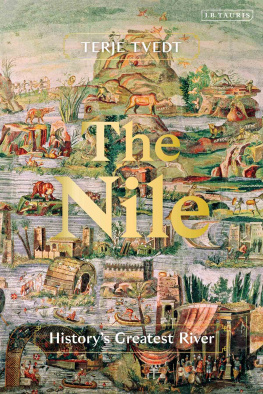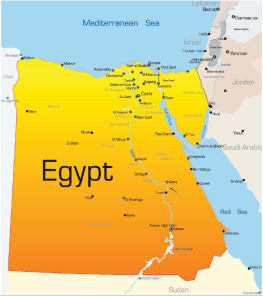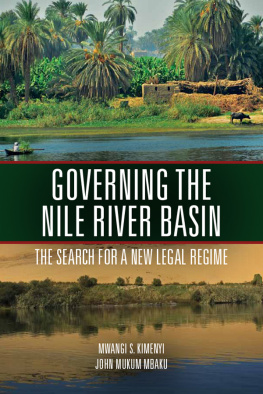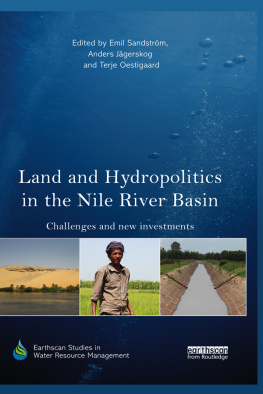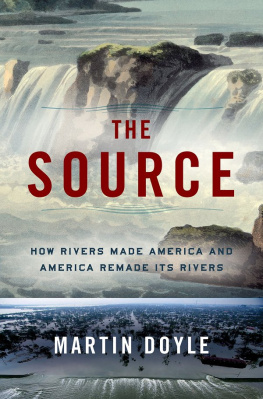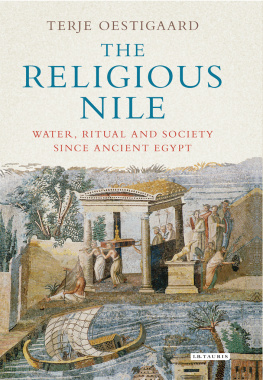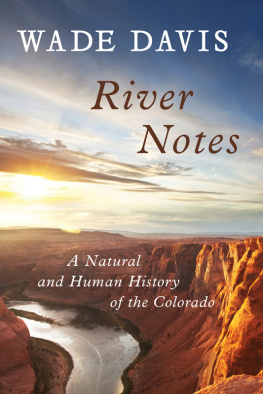
The Nile
I am like one of those old books that ends up moldering for lack of having been read. Theres nothing to do but spin out the thread of memory and, from time to time, wipe away the dust building up there.
Seneca the Younger, 4 BCE 65 CE

Contents
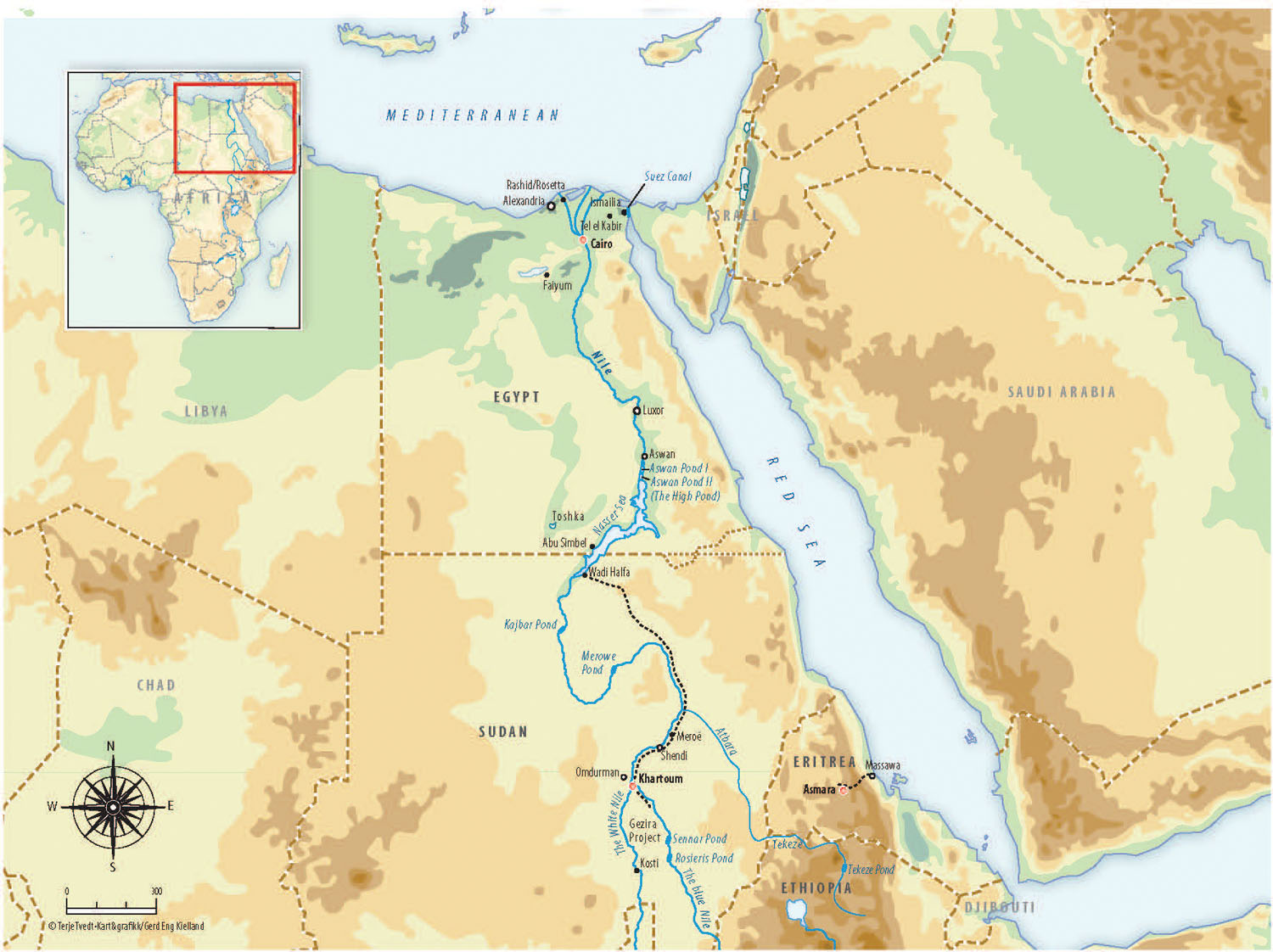
Map 1The Nile Basin with major Nile dams
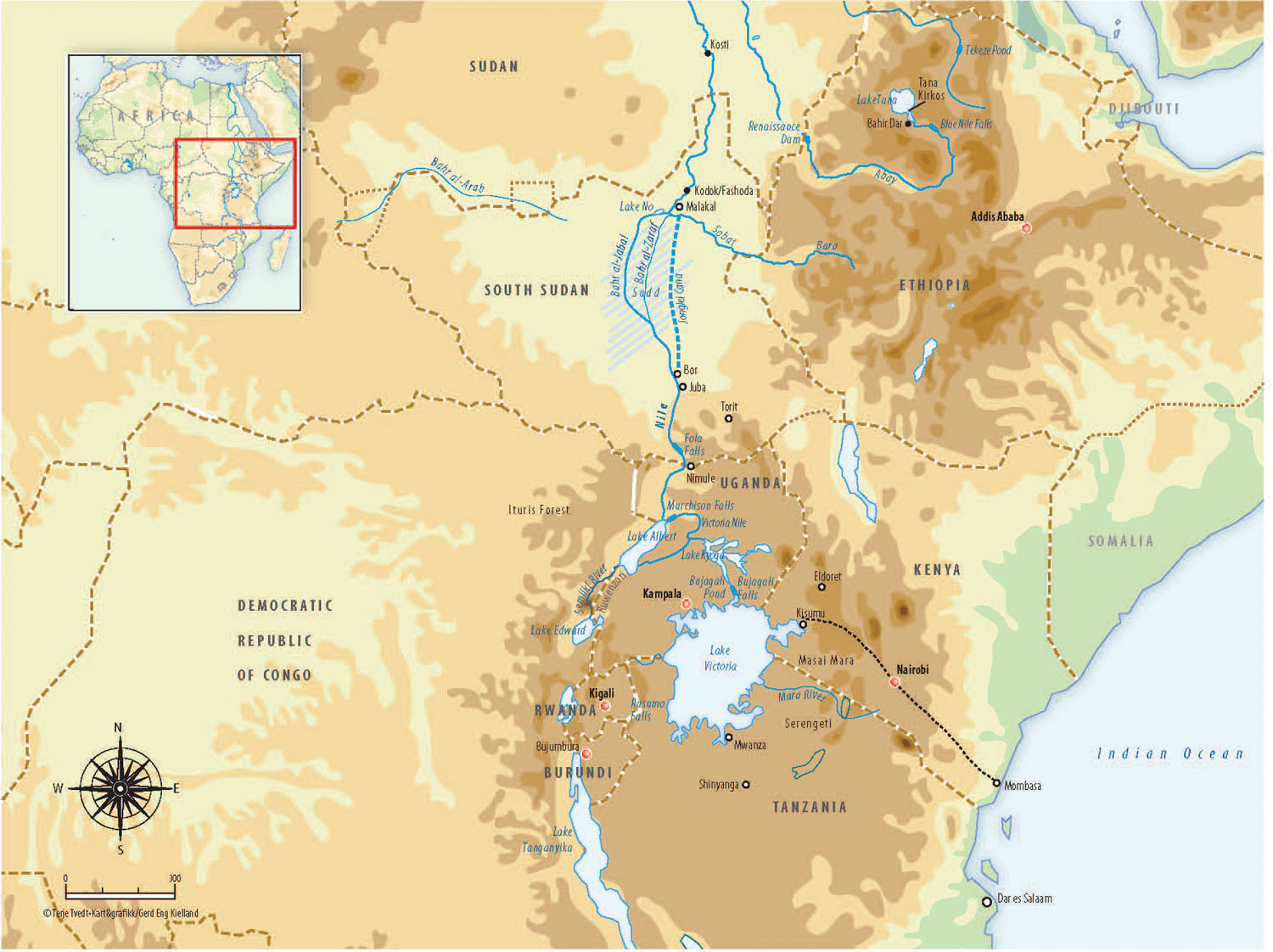
Map 2The Nile Basin with major Nile dams
On the fourth floor of a modest archaeological museum about 35 kilometres outside Rome can be found the Nile Mosaic. It is about 2,000 years old, almost 6 metres wide, and over 4 metres tall, and depicts vibrantly and from several different vantage points the river and the life along it. At the top, African motifs are represented, and at the bottom Mediterranean scenes are recreated. Although one must view the mosaic from a distance, standing behind ropes to protect it from onlookers, the unusually colourful and clear pattern composed of painted stones attached by mortar comes through. But what is truly original about the Palestrina Mosaic is that the river and the people going about their lives are depicted from an entirely modern perspective, as if the artist saw the Nile from a plane. This work of art is also a prodigiously expressive historical source: it underscores the rivers timelessness as societys lifeline and centre, and it illustrates that the Mediterranean receives the history of a continent written in water.
The mosaic depicts the Niles central place in the lives of the people living on its banks, but also conveys how the river has formed a part of Europes cultural and religious history. It reminds us of a distant past when the Nile was worshipped as sacred, not only by priests in magnificent temples along the river in Egypt, but also in Europe. The mosaic stems from an epoch when the Nile and Isis cult spread out from Egypt and into the Hellenic and Roman world. The cult was a new, independent religion a mystery religion that concerned death and rebirth, and that revolved around spectacular processions and rituals in which Nile water played a central role. The British Museum in London holds one of many statues of Isis, patroness of nature and fertility goddess. In her left hand she carries a jar of sacred Nile water, the very medium of salvation. Two thousand years ago, believers could be seen carrying such pitchers of Nile water across plains and up valleys north of the Mediterranean, illustrating a deep historical connection between the jars of Nile water and the later baptismal fonts in European churches.
The mosaic was created several hundred years before the Nile and its Isis cult became a serious competitor of Christianity, the new religion that had spread from the Middle East. The worship of the Nile and its gods continued long into the Christian era, and it was the followers of Isis who lynched Mark the Evangelist when he suffered a martyrs death in Alexandria one Easter a few decades after Christs death: he was dragged through the streets with a rope around his neck before being decapitated. It was only when Christianity became the state religion of the Roman Empire that the cult surrounding Isis and the Nile was crushed. Having been the cradle of an expansive mystery religion, the Nile Delta now became a centre for early Christianity.
The Nile Mosaic outside Rome represents a long historical thread that subsequent distinctions and borders drawn between continents and nations have rendered indistinct. The rivers name is connected to Europe via the Greek poet Hesiod, who lived between 700 and 600 BCE , when Egypt, the Delta and Greece were parts of a common Mediterranean culture. Hesiod called the river Neilos, since the numerical value of these Greek letters was 365 that is to say, everything as if to underscore that the river was perceived to be everything. The mosaic reminds us that the Nile Valley was one of the main routes via which humans wandered out of Africa and peopled the earth; that some of the earliest agricultural societies we know developed along its banks; and that the most impressive and mighty of all the ancient civilizations could emerge thanks to the river.
The mosaic is a topographical depiction of a religious ceremony but can also be interpreted as a celebration of the Nile as a part of Mediterranean culture. The mosaic conveys the same fascination for the river as the Dictator of the Roman Republic, Julius
After the triumph of the Enlightenment in Europe, a different and more scientifically based Nile romanticism arose. In the nineteenth century, few geographical questions were discussed more than where the source of the Nile lay.
Next page
